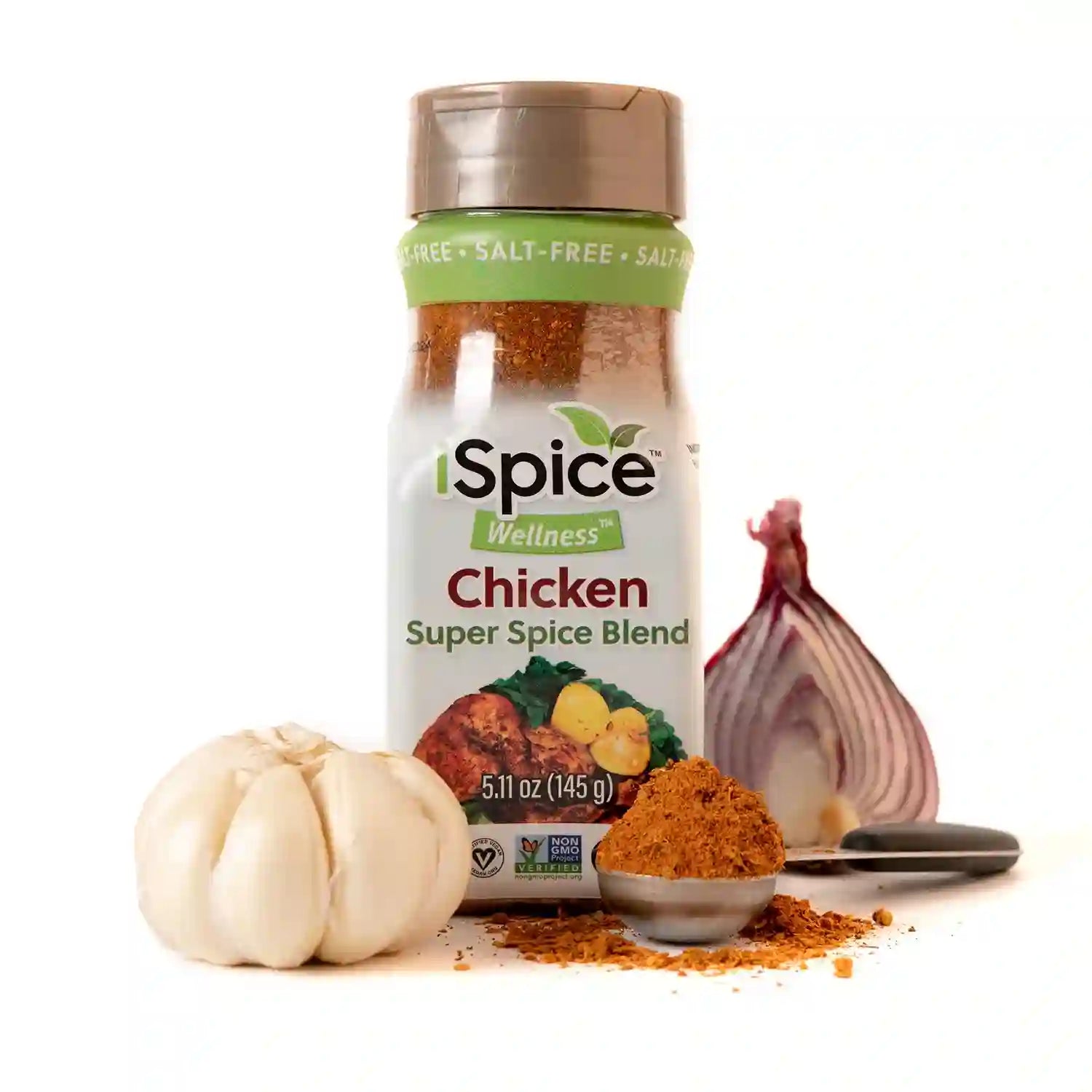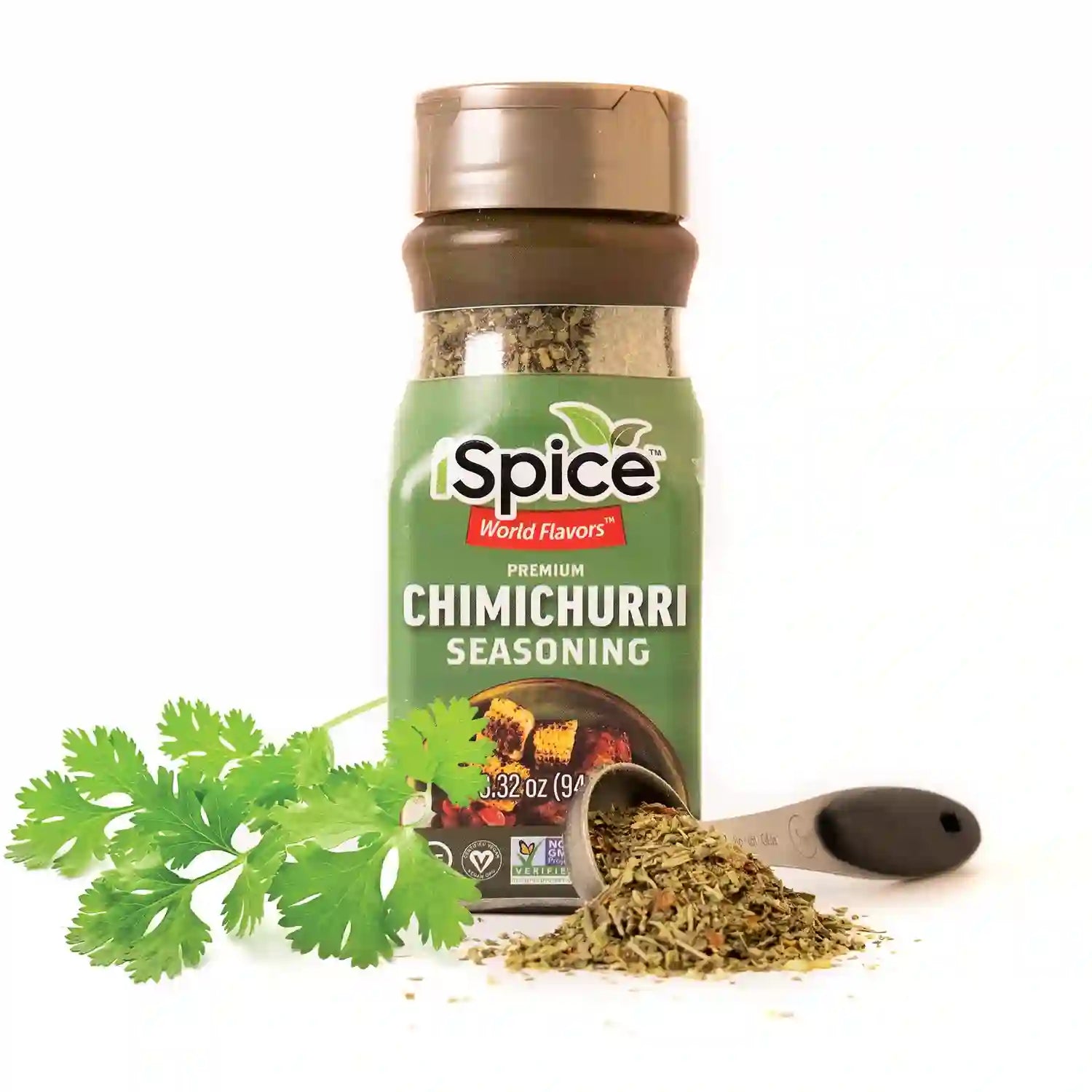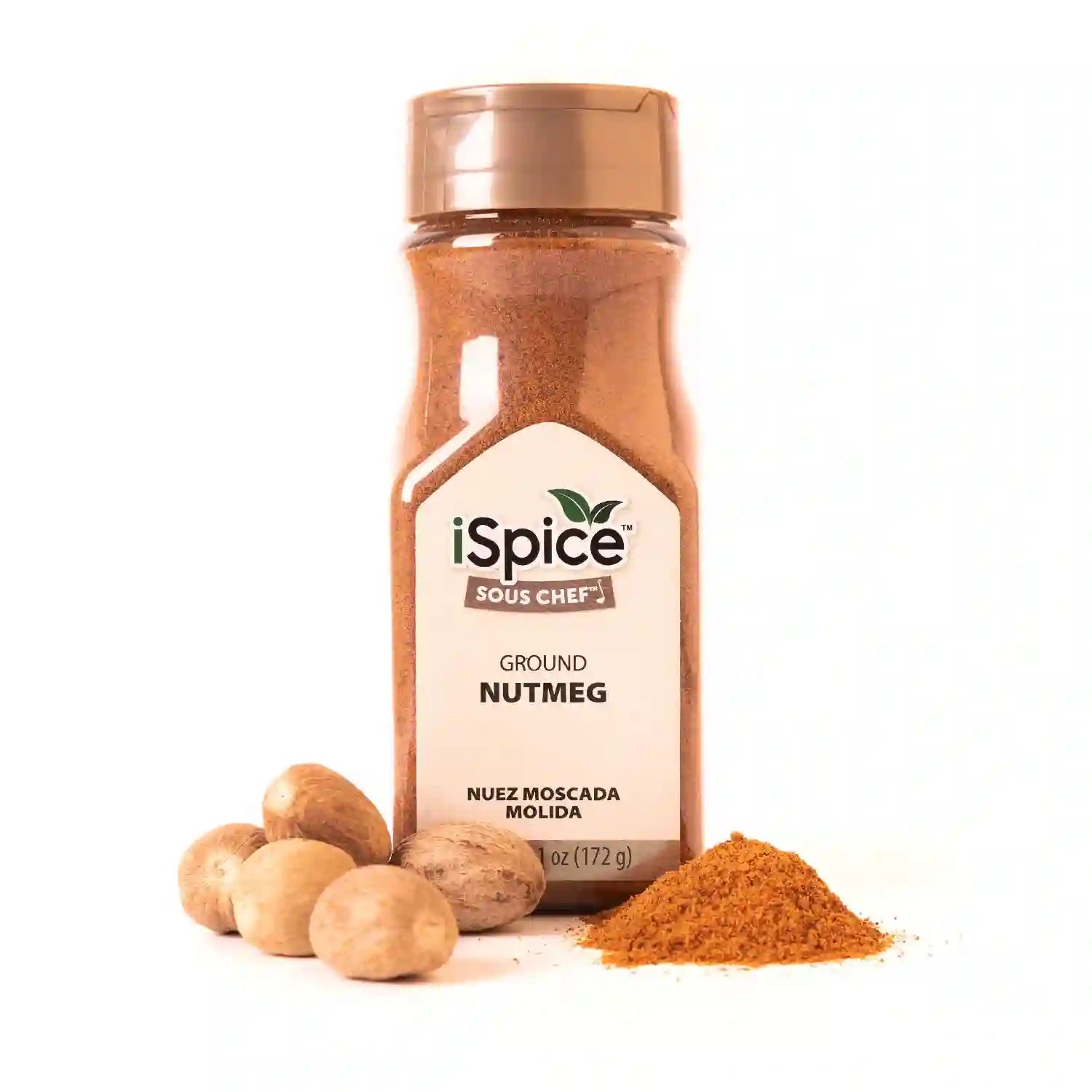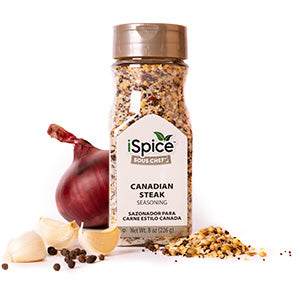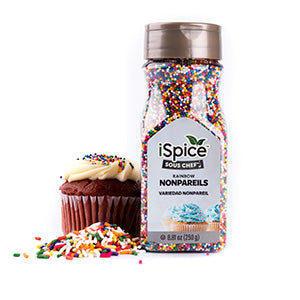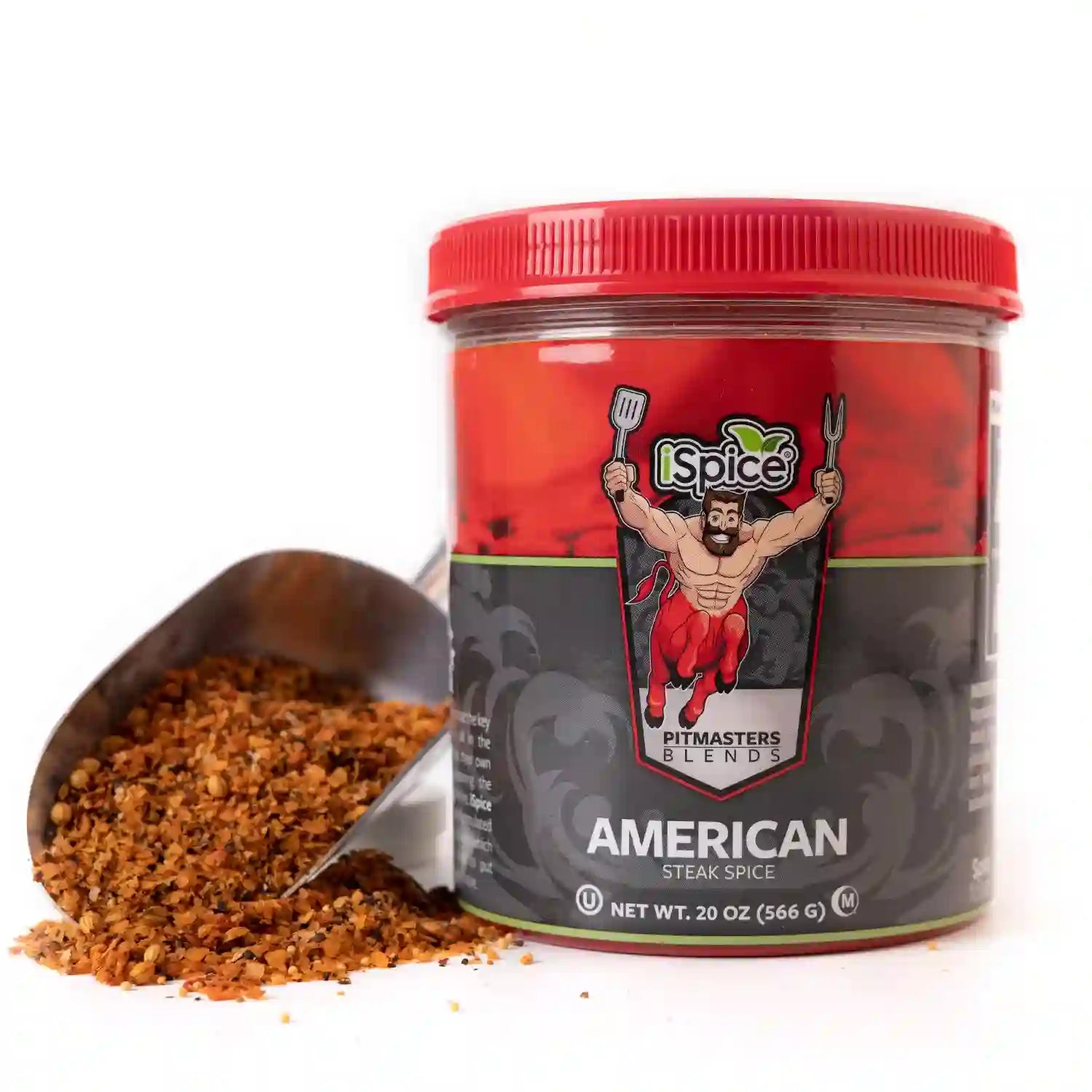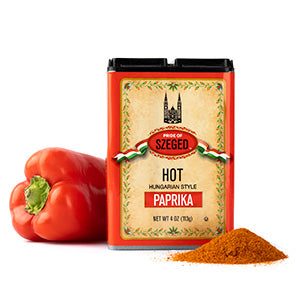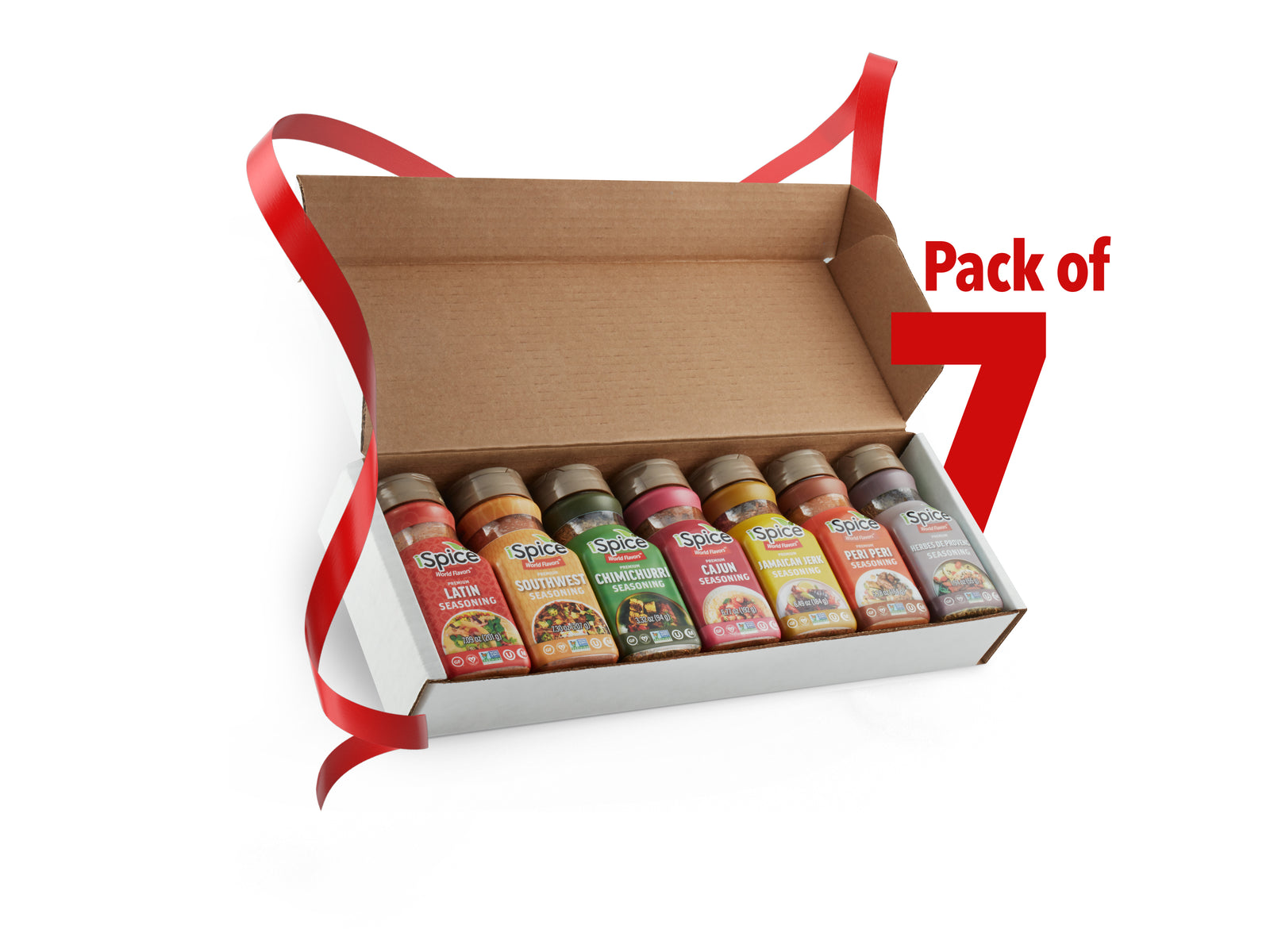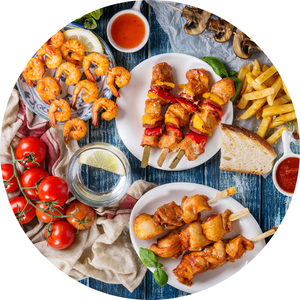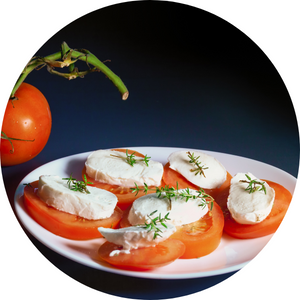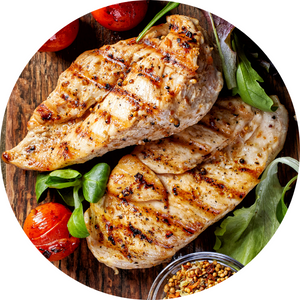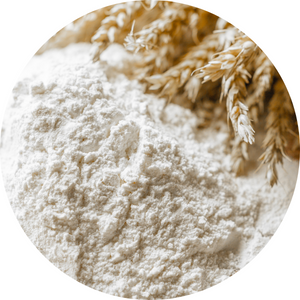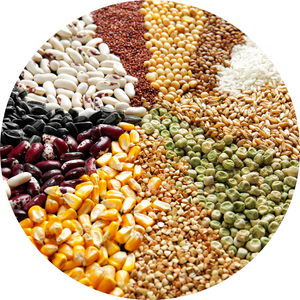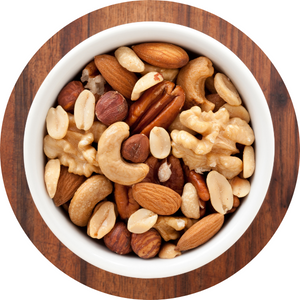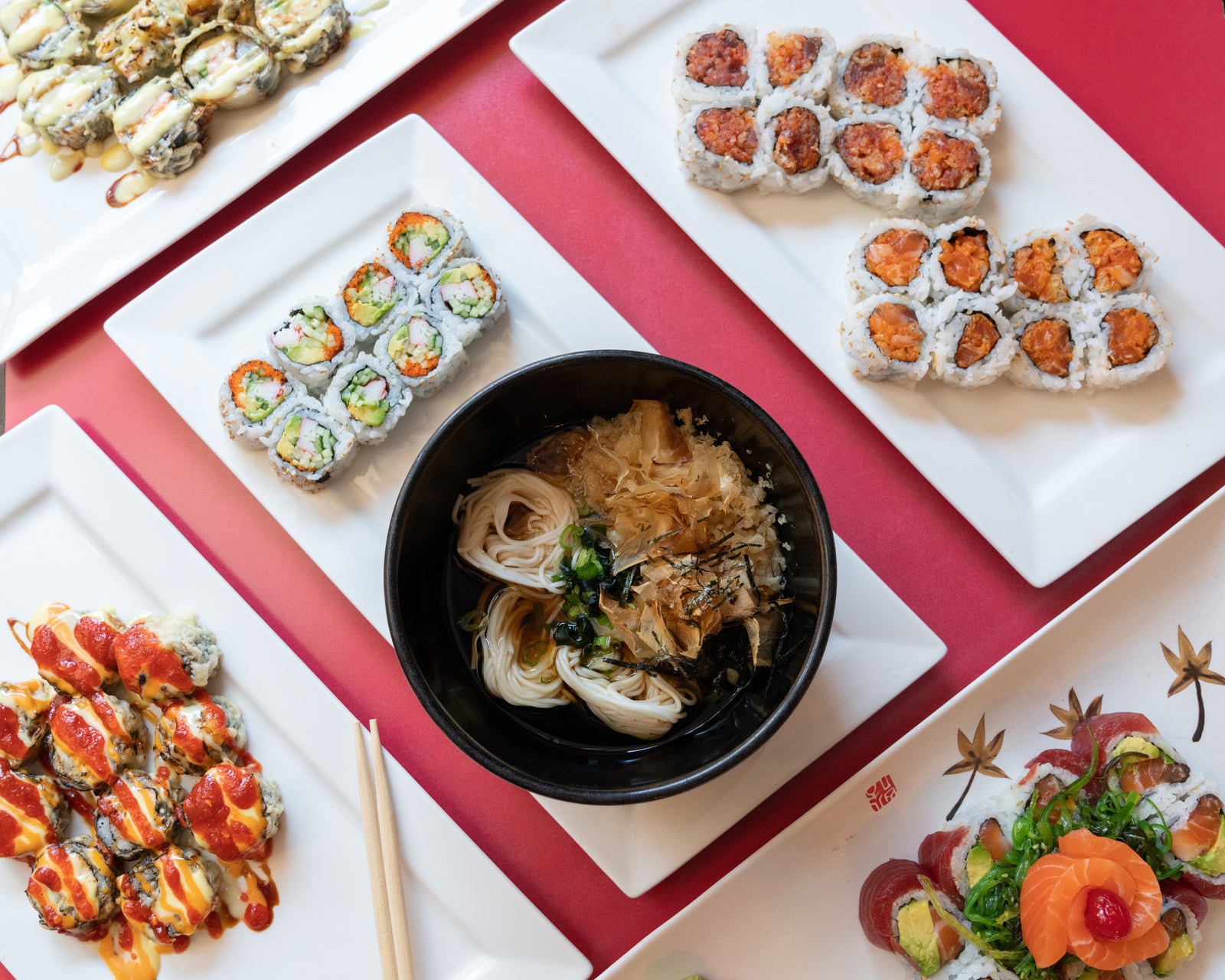
Cooking with spices and herbs is all about balance — the freshness of herbs and the depth of warm seasonings create the perfect flavor harmony. Pairing fresh herbs with warm spices like cinnamon, cumin, paprika, or nutmeg allows you to build dishes that feel both bright and comforting.
This blend of cool and warm elements enhances everything from roasted vegetables and soups to meats, sauces, and grain bowls. Understanding how to match these ingredients helps you create meals with layered, memorable taste.
Why Combine Fresh Herbs and Warm Spices
Herbs bring light, aromatic freshness that lifts the palate, while warm seasonings add depth, sweetness, and body. Together, they balance intensity and brightness — one brings vibrancy, the other comfort.
Benefits of pairing herbs with warm spices:
-
Creates layered, well-rounded flavor
-
Balances cooling and warming notes
-
Enhances aroma and mouthfeel
-
Works across global cuisines
-
Allows endless creative combinations
When used thoughtfully, these pairings can transform everyday dishes into elevated, restaurant-quality meals.
Best Fresh Herbs and Warm Seasonings to Pair
| Fresh Herb | Warm Spice Pairings | Best Used In |
|---|---|---|
| Basil | Cinnamon, paprika, nutmeg | Tomato sauces, roasted vegetables |
| Thyme | Cumin, allspice, smoked paprika | Chicken, soups, and stews |
| Parsley | Coriander, nutmeg, turmeric | Grain bowls, marinades |
| Rosemary | Cinnamon, clove, black pepper | Roasted meats and potatoes |
| Cilantro | Cumin, chili powder, cardamom | Curries, tacos, and rice dishes |
| Mint | Nutmeg, ginger, cinnamon | Salads, sauces, or grilled meats |
| Dill | Mustard seed, paprika, coriander | Seafood and creamy dips |
| Oregano | Cumin, cayenne, smoked paprika | Mediterranean or Mexican dishes |
These combinations highlight the contrast between warmth and freshness — a perfect balance for rich or hearty recipes.
Flavor Pairing Examples
1. Basil and Paprika
The sweetness of basil balances paprika’s warmth and color.
Best for: Tomato-based sauces, grilled vegetables, and soups.
2. Rosemary and Cinnamon
Aromatic and woodsy, perfect for roasted meats or winter stews.
Best for: Roasted chicken or root vegetables.
3. Cilantro and Cumin
A classic pairing in many global cuisines.
Best for: Curries, tacos, or lentil stews.
4. Mint and Ginger
Refreshing yet slightly spicy combination.
Best for: Marinades, yogurt sauces, or fruit salads.
5. Dill and Coriander
Earthy and aromatic, adding lightness to savory dishes.
Best for: Fish, soups, and dressings.
Tips for Combining Herbs and Warm Spices
-
Start light: Add warm spices early, then layer herbs near the end for freshness.
-
Use oil or butter: Fats help release spice flavor and coat herbs evenly.
-
Avoid overcrowding flavors: Limit to one or two warm spices with one herb per dish.
-
Match cuisine styles: Basil pairs with Mediterranean spices; cilantro suits bold, earthy blends.
-
Use fresh herbs as garnish: Adds aroma and color while preserving their bright flavor.
Timing matters — add spices early to build foundation and herbs late to finish with brightness.
Simple Recipes to Try
Herbed Lentil Stew
Cumin + coriander + fresh parsley
Result: Earthy, warming, and perfectly balanced.
Paprika-Rubbed Chicken with Basil
Paprika + cinnamon + fresh basil
Result: Sweet, smoky, and aromatic.
Mint-Ginger Dressing
Fresh mint + ground ginger + lemon juice
Result: Cooling with subtle warmth — ideal for salads or grilled vegetables.
Rosemary Cinnamon Roasted Potatoes
Cinnamon + black pepper + rosemary
Result: Savory-sweet comfort with herbal freshness.
Frequently Asked Questions About Pairing Herbs and Spices
1. What’s the difference between fresh and dried herbs when used with spices?
Fresh herbs add aroma and lightness; dried herbs blend more easily with spices during cooking.
2. Can I mix more than one herb with warm spices?
Yes, but keep balance. For example, basil and parsley work well with paprika or cumin together.
3. When should I add herbs versus spices while cooking?
Add spices at the beginning to develop depth, and herbs at the end for freshness.
4. What’s the best fat to use for cooking with herbs and spices?
Olive oil or butter works best, helping both herbs and spices release their full flavor.
5. Can I use sweet spices like cinnamon with savory herbs?
Absolutely — cinnamon pairs beautifully with thyme, rosemary, or basil in savory dishes.
Final Thoughts
Pairing fresh herbs with warm seasonings creates dishes that feel balanced, fragrant, and deeply flavorful. The key is harmony — letting the freshness of herbs uplift the warmth of spices. Whether you’re roasting vegetables, simmering soup, or marinating meats, these combinations add color, aroma, and excitement to every meal.

